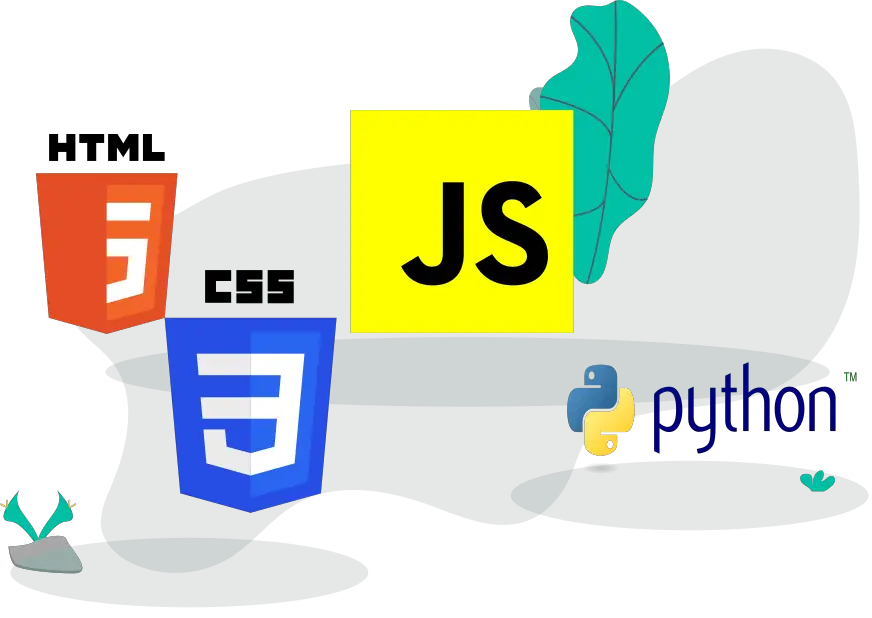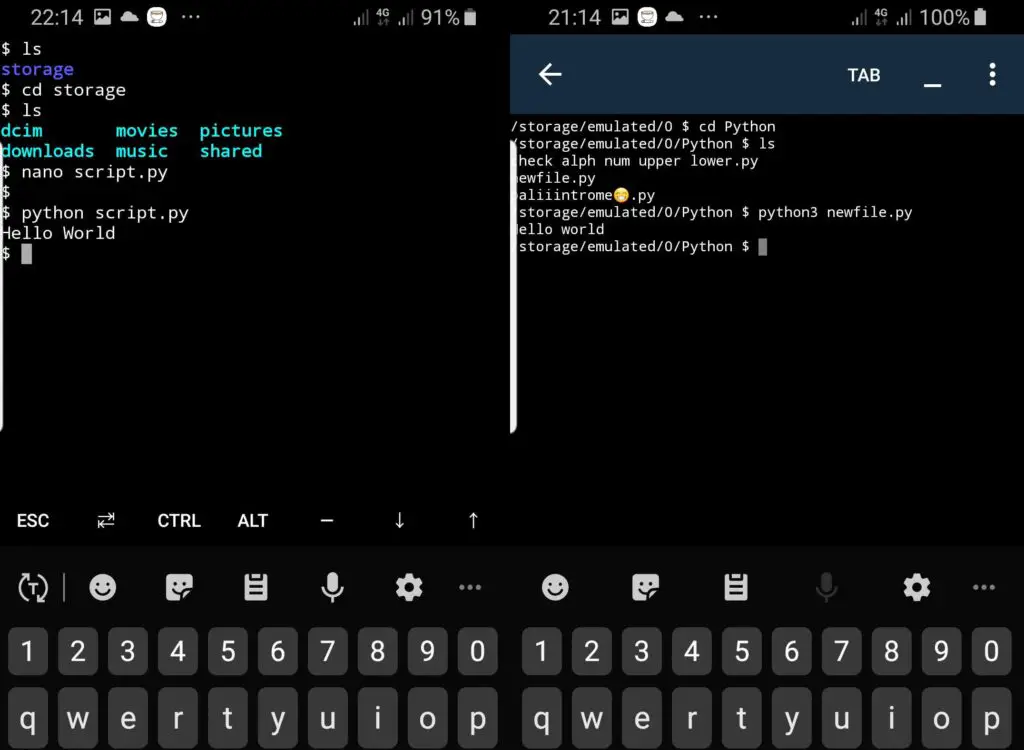Functions are a way to organize blocks of code with related functionality into reusable units. The goal of using functions is to avoid repetition of functionality that you may repeat across the program code.
So, why do programmers love to use functions in their code?
Programmers like to use functions to achieve code reusability, organize their code, make their code readable, divide a large program into single units, and enhance code readability.
Organization is an essential aspect of all areas of our lives. It also applies in the programming world, and programmers love it. One way to achieve code organization is to use functions.
What are functions?
A function is a block of code containing repeated code functionality that may be used multiple times across the program code. A function can also take some inputs, process the input, and produce an output. The function can produce different results based on the inputs, although the functionality remains the same.
Thus, functions can be used to hold code, which has a functionality that may produce different results based on the inputs provided.
Functions help break code into blocks that have related and repeated functionality. For example, take a look at this Python code:
name = input("Enter your name: ")
subject = input("Subject: ")
if not name:
raise ValueError("Missing name")
if subject not in ["Programming", "Mathematics", "English", "Sailing", "Myutining"]:
raise ValueError("Subject not offered")
student0 = {"name": name, "subject": subject}
name1 = input("Enter your name: ")
subject1 = input("Subject: ")
if not name1:
raise ValueError("Missing name")
if subject1 not in ["Programming", "Mathematics", "English", "Sailing", "Myutining"]:
raise ValueError("Subject not offered")
student1 = {"name": name1, "subject": subject1}
print(f"{student0['name']} loves {student0['subject']}")
print(f"{student1['name']} loves {student1['subject']}")See, if we were to keep repeating the following code across our program, within no time, the code would become unmanageable. Therefore, we’re limited to the number of students we can store in our Python program.
That’s where functions come into play. The same code above can be implemented in the simplest way shown below.
def student(name, subject):
if not name:
raise ValueError("Missing name")
if subject not in ["Programming", "Mathematics", "English", "Sailing", "Myutining"]:
raise ValueError("Subject not offered")
return f"{name} takes {subject} subject"
student1 = student("Sparrow", 'Sailing')
student2 = student("Steve", 'Myutining')
print(student1)
print(student2)You can add as many students as you want when using a function. Besides, it is much easier to add student attributes such as age using a function compared to the first approach.
If you used the first approach, you would produce a very messy code that can be very hard to debug.
But, the second approach that uses a function is much cleaner, and it is very easy to change the attributes and functionality of the function.
Other advantages that programmers realize from using function are:
Reasons programmers like to use functions
1. Incorporate repeated functionality into one code block
When you have some code block that you keep repeating across your program, it is much better to keep it in a function block. Function help incorporate all related functionality into one unit that can be used across the program without repeating too many lines of code.
2. Avoid repetition in code
Every time you have more than one copy of a single line of code, just know that you fail to achieve the DRY principle. DRY principle means DON’T REPEAT YOURSELF.
One way to fulfill the DRY principle and not have to copy single lines or blocks of code across your program is to use a function. If you realize that you have a line or block of code that keeps appearing in your code, you should place it inside a function.
That way, you can use less code and make debugging easier. Besides, anytime you may revisit your code and want to change something, you will need only to update it inside the function.
3. Make debugging easier
A block of code separated into a single function block is much easier to debug than when iterations of the same version of a block of code appear multiple times in your program. You just have to debug and make changes in a single location with a function block. You do not need to go through your whole codebase to change a specific line of code if it is in a function block.
4. Achieve code reusability
Code reusability is when a line or block of code is used multiple times in your program. Sometimes, the same line or block of code can be used on different instances and produce different results based on inputs.
Functions help organize these code blocks into units that can be reused across your program.
5. Break a huge program into smaller components
Solving a huge program as a whole unit can be very complex because the codebase can grow exponentially. The best approach is to divide the huge program into sub-programs that can be solved independently but contribute toward solving the larger program.
One way to code the functionality of each sub-program is to use functions designed to produce consistent results for the tasks involved in that unit.
6. Solving complex problems is easier when using functions
When problems are complex/large in a program or a sub-program, it is much easier to subdivide the problem into specific subtasks further. These subtasks help solve the bigger problem by working independently.
It is much easier to connect functions, so functions are used when implementing the subtasks that contribute to the solution of a huge problem. Each function is designed to solve particular sub-problems related to the complex problem.
7. Enhance code readability
The function helps achieve code organization and structure. Organized code is much easier to read and scan through for a human.
Functions help divide an extensive program that could have a pretty complex code into subprograms that can be easily understood.
As a programmer, code that aims to solve a specific problem (subprograms) is easily understood compared to code solving a generic problem (large program).
8. Make program code easier to understand
Functions can have descriptive names that tell the reader what the function is solving. Besides, as the block of code in a function in separated from other code in your program, it is easier to focus on a single function and deduct what it does.
Due to the distinction brought about by better code organization, each function is easily distinguishable from the others. The same happens to its functionality.
9. Functions make writing code faster
A function incorporates reusable blocks of code into a single unit that can be used across your program with only one line of code. Therefore, the less code you have to write, the less time you will spend working on a program code.
10. Functions make unit testing easier
As each function produces distinct functionality, it is easier to run tests on a single block of code compared to code for the whole program.
Besides, testing on a function involves less code and algorithm. As the code and the steps taken by an algorithm becomes less, the easier and more accurate, it is to test the code in a function,
12. Functions add behavior to objects
In programming languages, for example, Python, functions help develop behavior in an object. An object is a representation of the real-world scenario or things in the form of code.
For example, you can represent a person in the form of an abject. To create an object, you will need a class that holds the entire blueprint of the represented object. In the example of the person object, you can have attributes and behavior described.
The features such as name, no. of legs, has hair, e.t.c, can be represented as attributes. On the other hand, behaviors such as walking, talking, meditating, e.t.c, are developed using functions.
Here is an example of Python code representing a human being.
class Human:
no_of_legs = 2
has_hair = True
def walk(self):
print("Walking")
def talk(self):
print("This world is beautiful")
def meditate(self):
print("Oooooooohm!")
In Python, you cannot be able to add behavior to an object without having to use a function. In the code, I have used a function to add walking, talking, and meditating behavior to the human object.
13. Functions help avoid spaghetti code
Spaghetti code is code that is written in a way that is very unstructured, disorganized, and very difficult to maintain. One of the main reasons a programmer may write spaghetti code arises when there are no rules/principles to be followed.
Thus, it is essential for programmers or beginner programmers to understand the best practices and coding principles followed when writing code. Otherwise, there is a high chance that you can mess up the programming style, leading to spaghetti code.
One of the principles used in programming is the DRY (Don’t Repeat Yourself) principle. As the name suggests, you should have no block of code that is a copy.
One way to follow some of these principles is to use functions. Function help incorporate blocks of code into single units that can be used across your program code. Functions help avoid repetition. Thus, fulfilling some programming styles and principles eliminates spaghetti code writing.
Related Questions
When to write functions: When should you create a function?
Write functions whenever you find yourself writing a copy or copies of a version of a block of code in your program. Besides, you may use functions to add behavior to objects- which are real-world representations of things in the form of code.
If you are following the functional programming paradigm, you must use functions in your program code. Functional programming involves writing clean, organized, and maintainable code using functions.
How to create a function in Python?
You must use the ‘def’ keyword to create a function in Python. You should follow def then function name then (): syntax to create a function in Python. Here are examples of functions declared in Python.
def my_function():
...
def another_function():
name = input("Name: ")
print(name)You must call a function for it to execute when your program is running. To call a function in Python, use the function name the brackets () syntax. Here’s the code to call a function named my_function in the Python file:
my_function()How to create a function in JavaScript?
Follow this syntax to create a function in JavaScript: function keyword, followed by the function name, add parentheses (), and finally, curly brackets. Place your function code within the curly brackets.
function functionName() {
... (write your code here)
}If you want to add dynamic variables to your function, you can add these parameters inside the parentheses this way:
function functionName(parameter1, another_parameter) {
... (write your code here)
}Using parameters in your function helps you to supply the function with different arguments that produce different results. Thus, you define the function code once and use it multiple times while supplying different arguments that produce distinct results.
How to create a function in C++?
Follow this syntax to create a function in C++: type of data the function returns, function name, then add parentheses (), and finally, curly brackets that will hold your function code. You can also use parameters using similar syntax as that of JavaScript- function name, then parentheses, and parameters go inside the parentheses.
Here is an example of a function in C++:
int addition (int num1, int num2){
return (num1 + num2)
}Conclusion
Functions are essential when it comes to programming. As a beginner programmer, it is crucial to understand the principles and best practices used in the programming language you are learning. One way to fulfill some of these rules, principles, and best practices is to learn to use functions effectively. Functions help programmers organize their code, improve code readability, make debugging easier, simplify unit testing, and add behavior to objects, among many other advantages.
Functions are worth using in your code.
So, get on with it, programmer.
Crack on those functions and write effective code!







